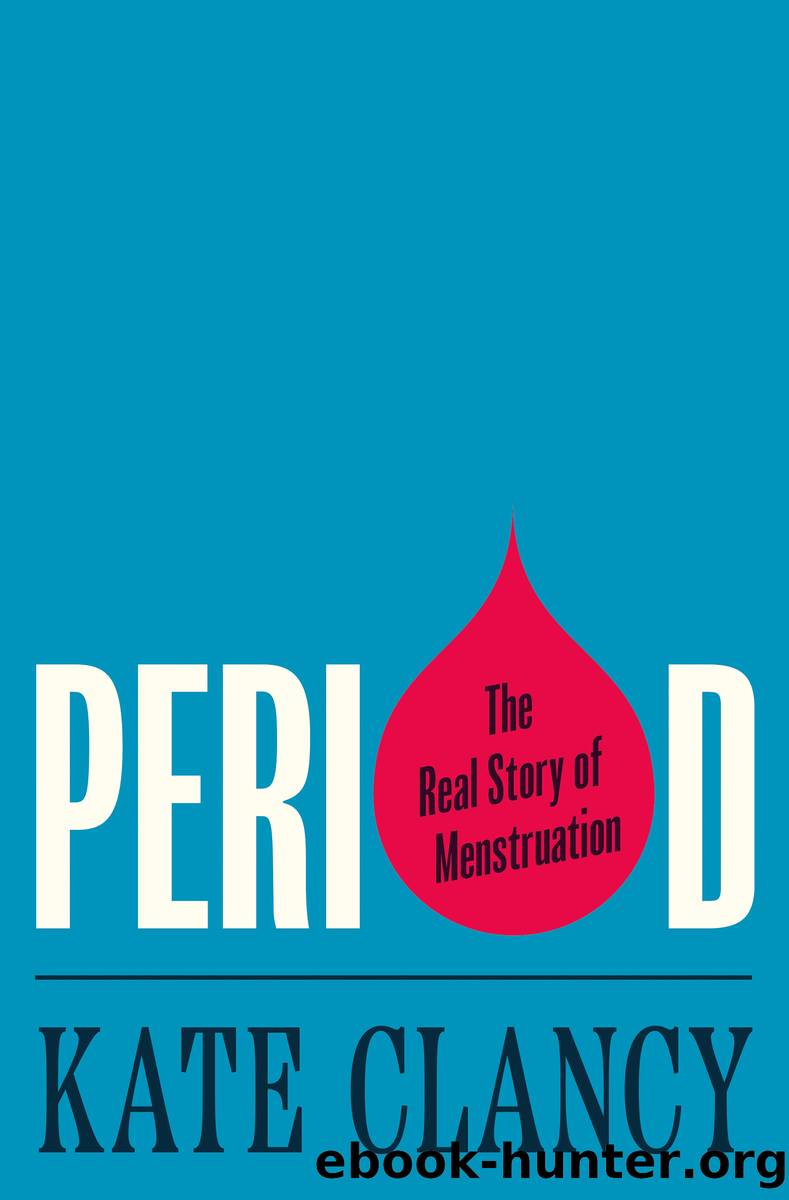Period by Kate Clancy;

Author:Kate Clancy;
Language: eng
Format: epub
Publisher: Princeton University Press
Published: 2022-11-23T00:00:00+00:00
âSUBTLEâ IS NOT âTRIVIALâ
Compared to energetic or immunological stressors, psychosocial stressors can be harder to define and conceptualize. The ways we have conflated subtle and trivial are part of the problem in how we understand the effects of stress on the body. Some psychosocial stressors are trivial, in the sense that they are transient: for most, studying for a big test is stressful but leaves no lasting harm. One study assessed the anxiety and stress scores, as well as cortisol, estradiol, and progesterone concentrations, of women studying for and then taking the MCAT (the medical school entrance exam in the United States) to determine the extent to which this psychosocial stressor influences the menstrual cycle.9 No matter the stress measureâanxiety, stress scores, or cortisolânothing seemed to affect follicular estradiol or luteal progesterone in this sample (you may remember the follicular phase is the first half of the cycle, from menses to ovulation, and the luteal phase is the second half of the cycle, from ovulation to the next menses). In this case, the stress and anxiety the students were experiencing were not manifesting physiologically in significant changes in cortisol and therefore changes in HPA activity.
However, there are subtle stressors out there that are far from trivial. Scientists have devoted much of our time to characterizing the bodyâs responses to seemingly more severe events, so it follows that we have struggled to understand more subtle stressors. Early research on psychosocial stressors primarily paid attention to life-threatening eventsâand, in particular, life-threatening events that would have been common when our species was young: predation, physical fights over mates or territory, the physical stress of hunting, and maybe periodic starvation from hunger seasons. This focus on what we might think of as the Big Bad Stressors limited our understanding of psychosocial stress and created the perception that a psychosocial stressor could only be meaningful if it represented an immediate threat to survival or reproduction.
On the one hand, itâs true that Big Bad Stressors create a Big Bad Response in us: they can trigger fight (take on the stressor), flight (run away from it), or freeze (far more common than we realize).10 These behavioral responses are all supported by activation of the HPA axis via cortisol, as well as the sympathetic nervous system via epinephrine and norepinephrine. We stop certain processes like digestion so that we can shunt all that energy to our lungs to breathe or to the muscles in our legs to run. You probably know this sensationâfor me it is an uncomfortable warmth that starts in the center of my chest and spreads, and I can feel my heart pounding.
In addition to studying Big Bad Stressors, early anthropologists paid a lot more attention to male animals (including humans) than anyone else. They paid attention to the most obvious, most violent moments: for instance, how chimpanzees rip each otherâs balls off during territorial defense (really), or how baboons compete for mates, or how some orangutan males sexually coerce females to increase reproductive opportunities.11
Download
This site does not store any files on its server. We only index and link to content provided by other sites. Please contact the content providers to delete copyright contents if any and email us, we'll remove relevant links or contents immediately.
| Anatomy | Animals |
| Bacteriology | Biochemistry |
| Bioelectricity | Bioinformatics |
| Biology | Biophysics |
| Biotechnology | Botany |
| Ecology | Genetics |
| Paleontology | Plants |
| Taxonomic Classification | Zoology |
Sapiens: A Brief History of Humankind by Yuval Noah Harari(13038)
The Tidewater Tales by John Barth(12026)
Do No Harm Stories of Life, Death and Brain Surgery by Henry Marsh(6332)
Mastermind: How to Think Like Sherlock Holmes by Maria Konnikova(6225)
The Thirst by Nesbo Jo(5778)
Why We Sleep: Unlocking the Power of Sleep and Dreams by Matthew Walker(5637)
Sapiens by Yuval Noah Harari(4530)
Life 3.0: Being Human in the Age of Artificial Intelligence by Tegmark Max(4493)
The Longevity Diet by Valter Longo(4444)
The Rules Do Not Apply by Ariel Levy(3897)
The Immortal Life of Henrietta Lacks by Rebecca Skloot(3820)
The Body: A Guide for Occupants by Bill Bryson(3789)
Why We Sleep by Matthew Walker(3767)
Animal Frequency by Melissa Alvarez(3750)
Yoga Anatomy by Kaminoff Leslie(3696)
Barron's AP Biology by Goldberg M.S. Deborah T(3629)
The Hacking of the American Mind by Robert H. Lustig(3575)
All Creatures Great and Small by James Herriot(3506)
Yoga Anatomy by Leslie Kaminoff & Amy Matthews(3392)
